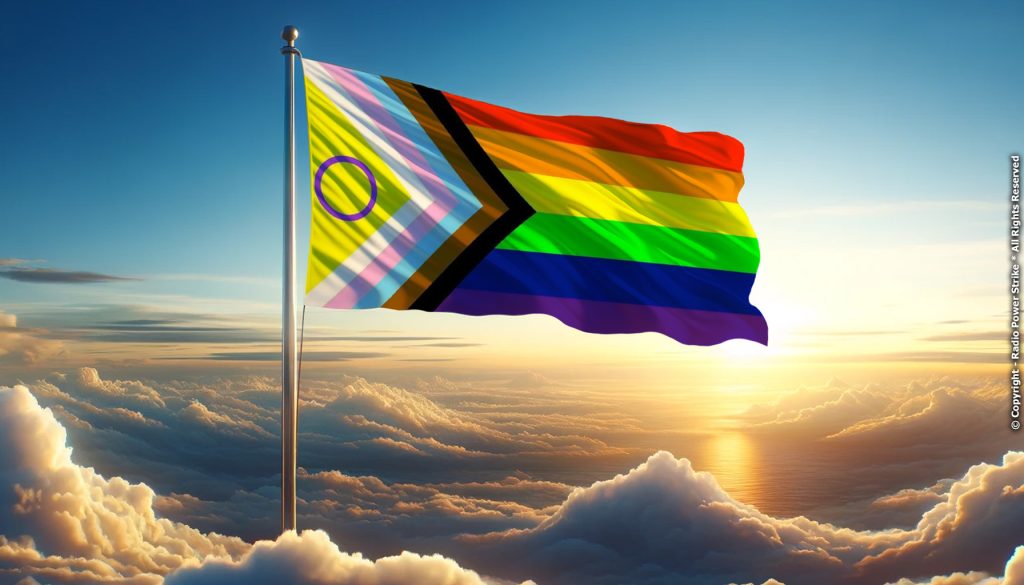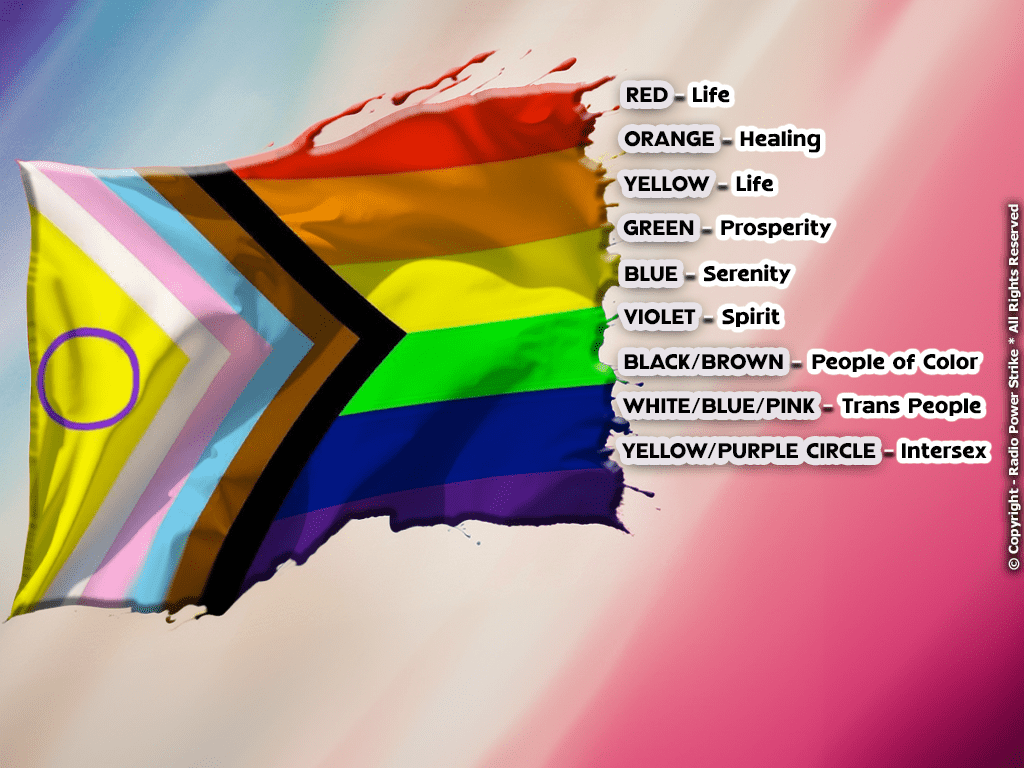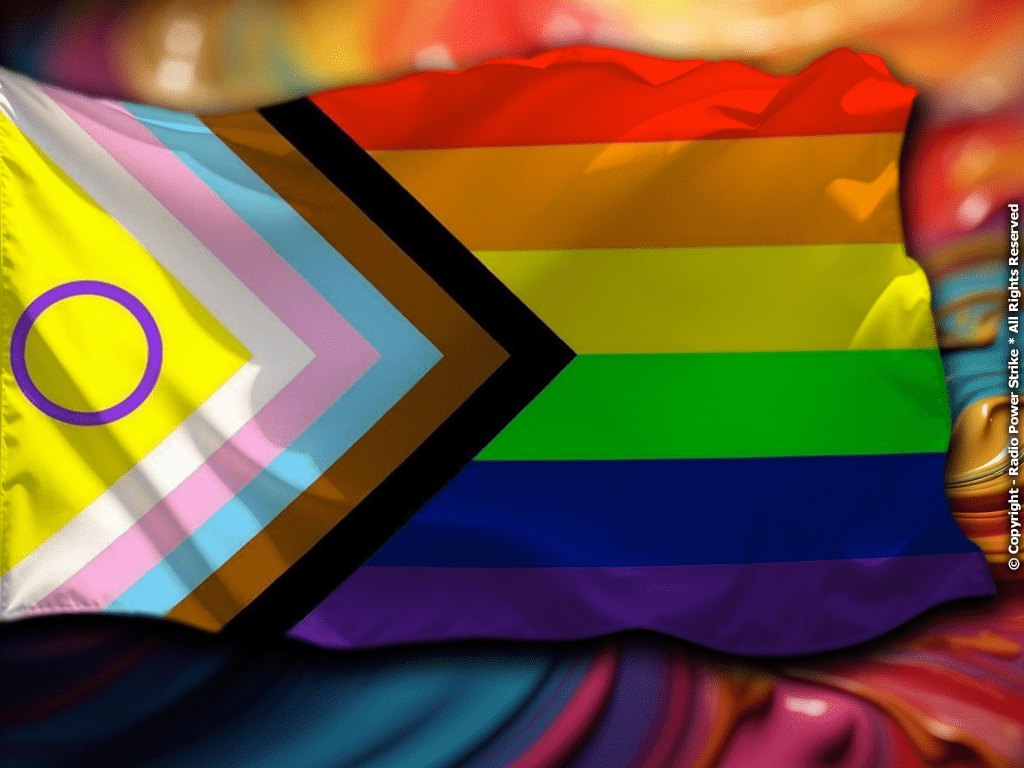What Do the Colors of the New Pride Flag Mean?

The Pride flag has long been an iconic symbol of acceptance, unity, and the celebration of diverse sexual orientations and gender identities. While many recognize the rainbow stripes, the flag’s design and colors have evolved over the years to better represent the ever-expanding LGBTQIA+ community. Dive into a detailed exploration of these changes and the profound meanings behind each shade.
History of the Pride Flag
The original pride flag was created in the 1970s by gay activist Gilbert Baker, a friend of Harvey Milk, the first openly gay man elected to public office in California. Baker employed eight colors, each with its unique significance: hot pink for sexuality, red for life, orange for healing, yellow for the sun, green for nature, turquoise for art, indigo for harmony, and violet for spirit.
The hot pink color was removed from the original flag due to difficulties in sourcing the fabric. Consequently, a simplified six-color version emerged, retaining the classic rainbow colors: red, orange, yellow, green, indigo, and violet. This flag remained predominant for several decades before being reconfigured.
Over time, various flag variations arose, reflecting distinct identities within the LGBTQIA+ community, such as flags specific to transgender, bisexual, and pansexual individuals.
Significance of the Pride Flag’s Colors
Each color of the pride flag carries a particular meaning, signifying a value crucial to the LGBTQIA+ community. Red denotes life, often associated with vitality and passion. Orange symbolizes healing and celebration, essential aspects for many community members. Bright and radiant yellow represents the sun, embodying hope and fresh perspectives.
Green serves as a reminder of nature, a place of healing and growth. The indigo or blue on the flag stands for serenity, a sense of calm and tranquillity. Finally, violet or purple embodies the spirit, connecting us to the spiritual realm and the significance of pride in one’s identity.
Colors of the New Pride Flag and Their Meanings

The Pride flag has always been more than just a rainbow – each color holds a specific meaning that resonates deeply within the LGBTQIA+ community. Let’s delve into what each shade symbolizes:
- Red:
- The red in the flag represents life. Blood is red and is often seen as a crucial life force in the body.
- Red also carries the significance of passion across many cultures, a sentiment where life ideally originates from.
- It’s a vibrant reminder of the vitality and fervor that exists within the community.
- Orange:
- Representing healing, orange is viewed as a fun and celebratory hue.
- Fun and celebration are undeniably therapeutic activities, and this shade acknowledges that.
- The warmth of orange offers a beacon of hope and rejuvenation.
- Yellow:
- As you might guess, yellow stands for sunlight.
- It functions as the flag’s radiant and bright core, shedding light on the community’s spirit.
- Known to stimulate new ideas and thoughts, it’s a symbol of enlightenment and creativity.
- Green:
- Nature is abundant in green, and that’s precisely what this shade conveys on the original pride flag.
- It speaks of growth, prosperity, and the natural spectrum of human identities.
- As a color associated with renewal and harmony, it mirrors the community’s continuous journey towards acceptance.
- Indigo:
- Representing serenity, the inclusion of indigo or blue emphasizes the importance of peace and calm.
- It’s a hue known to soothe the soul, providing a sense of stability.
- Often associated with night-time, it encapsulates the idea of finding calm amidst the chaos.
- Violet:
- The color violet or purple stands for spirit.
- Regarded as a regal shade, it inherently denotes pride.
- Beyond its calming nature, purple links us to the spiritual realm, highlighting the depth and soul of the LGBTQIA+ community.
- Black:
- The addition of the black stripe is to represent marginalized LGBTQIA+ communities of color.
- Recognizing the significant roles and challenges faced by people of color within the LGBTQIA+ movement, black embodies the strength and resilience of these individuals.
- Additionally, black also acknowledges those living with HIV/AIDS, those who have passed away from the disease, and the ongoing stigma surrounding the virus.
- Brown:
- Brown has been included in the Pride flag to represent people of color (POC) as well.
- It signifies the diversity and varied backgrounds that make up the vast and rich tapestry of the LGBTQIA+ community.
- By embracing both black and brown, the flag underscores the importance of racial inclusivity within the movement.
- Light Blue, Pink, and White:
- These colors are a nod to the transgender community. Historically, pink and light blue have been colors associated with femininity and masculinity, respectively. In this context, they represent these genders.
- White, situated between these two colors, symbolizes non-binary identities, those in transition, and intersex individuals.
- Together, they pay homage to the varied gender identities and the spectrum they represent within the LGBTQIA+ community.
Reception of the New Pride Flag
Upon the Progress Flag’s unveiling, it was almost instantly embraced, praised for its inclusiveness. While the new flag hasn’t entirely replaced the classic six-color rainbow flag, it has been gaining prominence in various settings and events. This new rendition pays homage to the movement’s founders while emphasizing the ongoing challenges faced by people of color and trans individuals within the LGBTQIA+ community.
The Importance of the Pride Flag
More than just a symbol, the pride flag embodies the LGBTQIA+ community’s struggle, love, resilience, and unity. It’s a visual reminder of the challenges and oppressions community members have faced and continue to face. But it’s also a beacon of hope, showing that acceptance and love can prevail.
Individuals display the flag outside their homes or businesses as a sign to others in the community that they’ve found a safe haven. Worldwide, the rainbow colors signify inclusion, warmth, and safety for all LGBTQIA+ community members. By embracing the new flag and its additional meanings, we reaffirm our commitment to everyone’s inclusion and acceptance.
The Pride flag is more than just a symbol—it’s a testament to the battles fought, the milestones achieved, and the journey that lies ahead for the LGBTQIA+ community. As it continues to evolve, it remains a beacon of hope, acceptance, and unity for all.

For those seeking a visual representation and deeper understanding of the evolution and significance of the Pride flags, we recommend watching the insightful video “The Rainbow Flag and New Queer Flag LGBTQIA+” on the Radio Power Strike YouTube channel. This video offers a comprehensive perspective, enriching the narrative presented in this article. Delving into its contents will surely provide a more rounded appreciation of the flags’ histories and the vibrant communities they represent.
Watch the video here!
